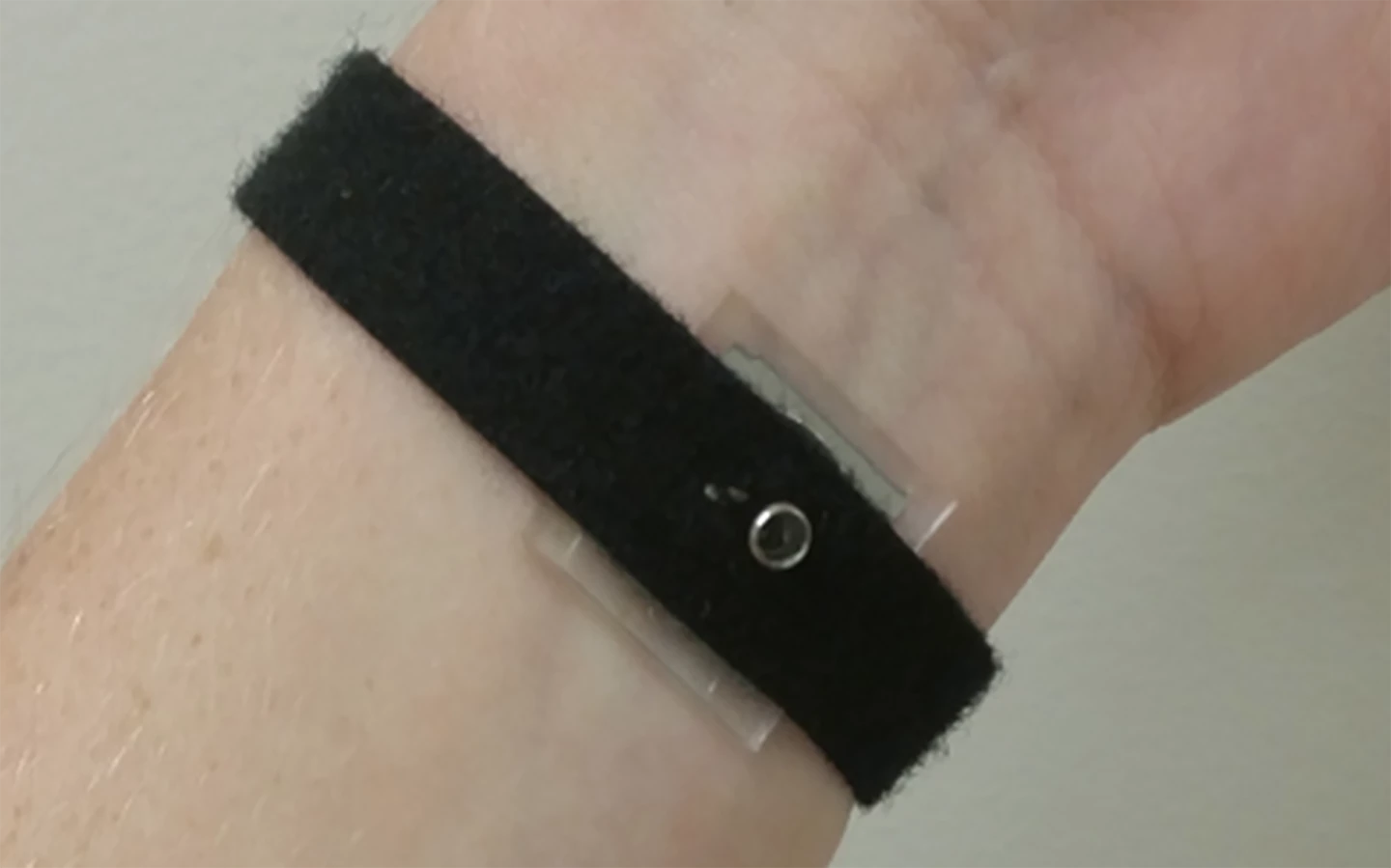Researchers have developed a new silver nanowire sensor that has the potential to significantly improve long-term patient health monitoring. The new sensor is as accurate as those used in hospitals, and thanks to its dry nature and flexibility, is well suited to electrophysiological monitoring when the patient is moving around.
With existing hospital-based electrophysiological sensors, such as EKGs, a layer of electrolytic gel must be maintained between the sensor and patient’s skin in order for accurate recordings to be obtained. This wet electrode method provides accurate results, but lacks practicality, as the gel must be reapplied to keep it from drying up. If this occurs, the sensor will be less effective at reporting stats and may cause discomfort to the patient.
A team from North Carolina State University has developed an alternative method that uses nanowire sensors that are comparable to the wet sensors in terms of signal quality, but don’t require the use of gel.

The sensors, which consist of a single layer of nanowires embedded in a stretchable polymer, are also more accurate than existing technologies when monitoring electrophysiological signals over longer periods of time, when the patient is moving about. They’re designed to be flexible, conform to the contours of the wearer’s skin, and are high conductive, allowing them to maintain strong signal quality.
Dr. Yong Zhu, a professor at NC State and senior author of a paper on the research, commented that while the sensors are essentially "ready to use," the team is still working to lower the overall manufacturing cost, which is currently comparable to that of the existing wet alternative.
The paper was published online in RSC Advances on January 14.
Source: North Carolina State University





